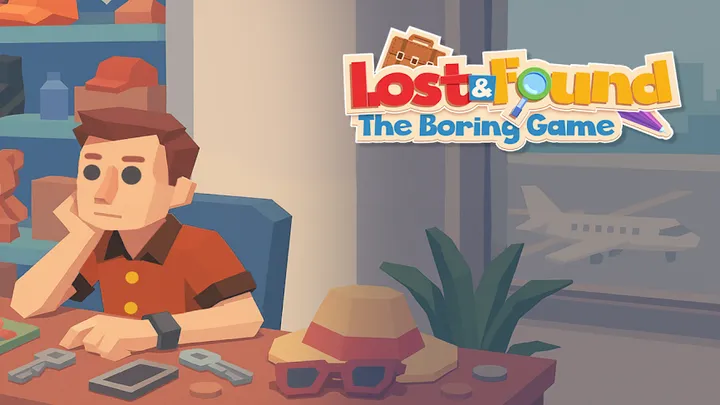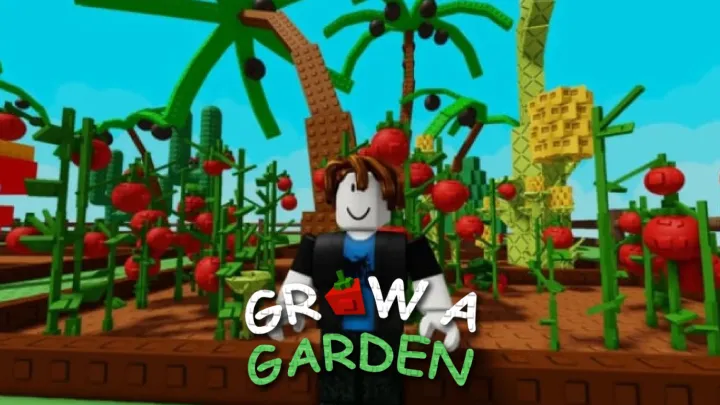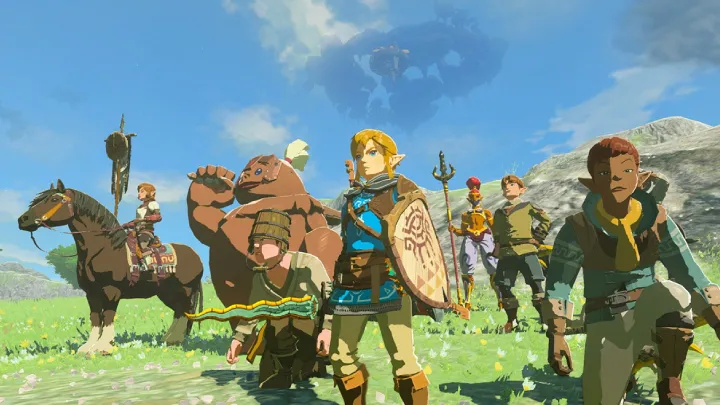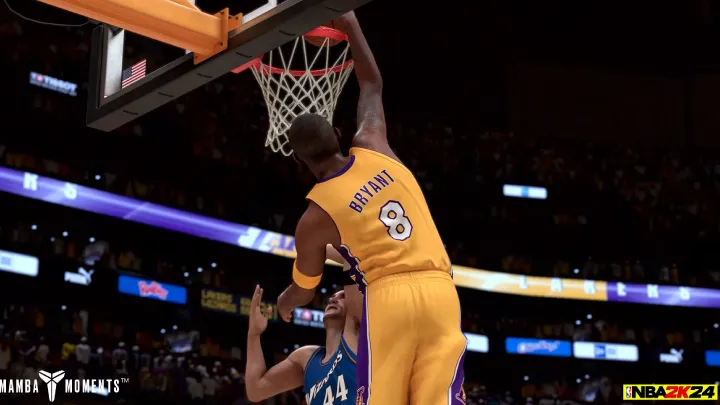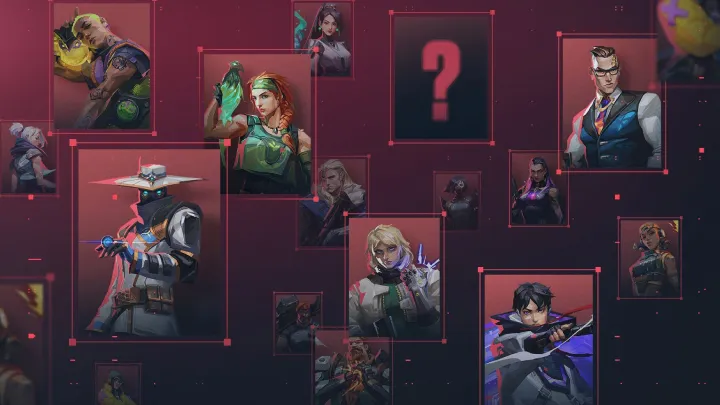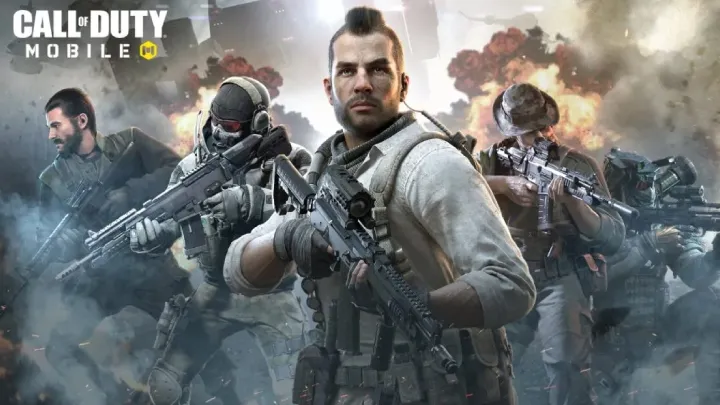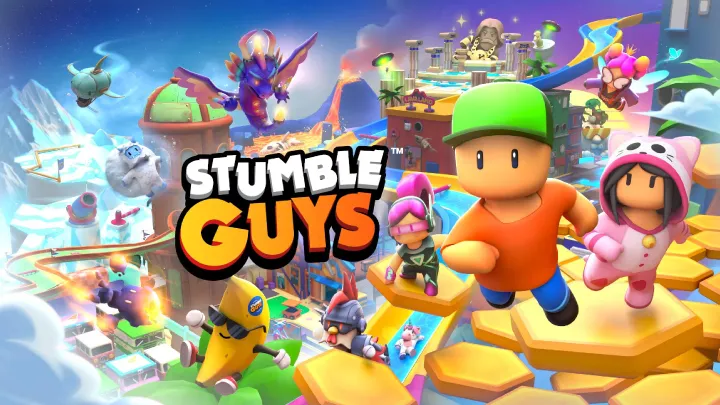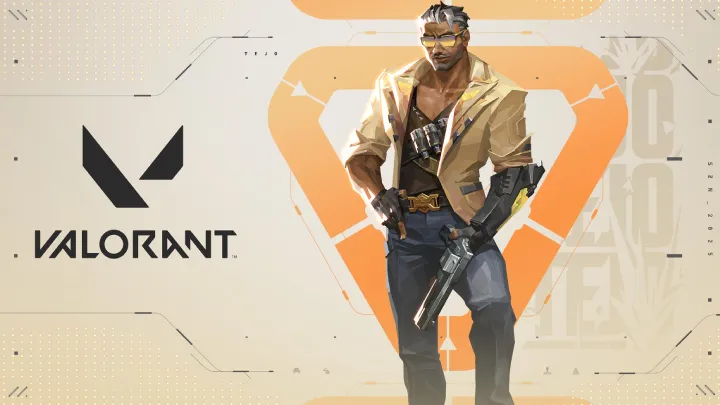Introduction
Valorant, developed by Riot Games, has become one of the most competitive tactical shooters in the world. It combines the precision gunplay of Counter-Strike with the unique agent abilities of hero-based shooters like Overwatch. But unlike casual shooters, Valorant requires a mix of strategy, mechanical skill, communication, and deep knowledge of maps and agents.
This guide is designed to take you from beginner to advanced level, offering in-depth strategies, training methods, and practical "how to" lessons. If you want to climb the ranked ladder, sharpen your aim, and play like a pro, this 2000+ word guide is for you.
1. How to Improve Aim in Valorant
Improving aim is the foundation of success in Valorant. Even with the best strategies, if your crosshair placement and shooting mechanics are poor, you will struggle.
Crosshair Placement
- Always keep your crosshair at head level rather than aiming at the ground.
- Anticipate enemy positions and pre-aim common angles.
- Practice holding your crosshair steady while strafing to prepare for peeks.
Recoil Control
- Learn the spray patterns of rifles like Vandal and Phantom.
- Short controlled bursts are more effective than holding down the trigger.
- In close range, crouch spraying can help control bullet spread.
Aim Training Routines
- Use Valorant’s practice range for 10–15 minutes daily.
- Tools like Kovaak’s Aim Trainer or Aim Lab can build reflexes.
- Focus on flick shots, tracking, and target switching.
2. How to Use Abilities Effectively
Abilities in Valorant are not just gimmicks; they define the flow of every round. Mastering them is as important as aiming.
Initiators
Agents like Sova and Fade gather intel. Learn lineups for recon arrows or abilities to expose hidden enemies.
Controllers
Agents like Omen and Brimstone block vision with smokes. Place smokes to cut enemy sightlines, especially during site execution.
Duelists
Jett, Reyna, and Phoenix thrive in aggressive plays. Use flashes, dashes, and heals to create space.
Sentinels
Killjoy, Cypher, and Sage excel at holding sites. Set up traps and walls to delay pushes.
3. How to Communicate with Your Team
Communication separates solo queue heroes from coordinated teams.
Callouts
- Learn map callouts to describe enemy positions quickly.
- Be clear and concise: “Two pushing B main, one mid.”
Sharing Info
- Report enemy economy (example: “They’re on eco, expect pistols”).
- Share your ultimate status with teammates to plan executes.
Positive Mindset
Toxicity lowers team performance. Stay calm, give constructive advice, and avoid tilting.
4. How to Play Maps Like a Pro
Each Valorant map requires unique strategies.
Ascent
- Mid control is critical; losing it makes rotations harder.
- Use smokes to block vision at Catwalk and Market.
Bind
- No mid lane means teleporters are key for rotations.
- Fake teleports can confuse enemies.
Haven
- With three sites, defenders must spread thin.
- Attackers can exploit weak spots with quick site hits.
Split
- Vertical gameplay favors controllers with smokes.
- Controlling mid gives flexibility for both sites.
5. How to Economy Manage (Eco, Force, Full Buy)
Winning in Valorant is not only about shooting but also about money management.
Eco Round
- Save money, buy pistols, and maybe light armor.
- Stack a site or surprise push to increase chances.
Force Buy
- Buy cheaper weapons like Spectre or Stinger when your team wants to risk.
- Works best after planting the spike for bonus credits.
Full Buy
- Rifles, full shields, and abilities.
- Always try to synchronize purchases with teammates.
6. How to Climb Ranked Ladder
Ranking up in Valorant requires more than just skill; it’s about consistency.
Solo Queue Tips
- Don’t lock duelists every game; adapt to team needs.
- Avoid tilt streaks—take breaks after 2–3 losses.
Duo Queue Strategy
- Queue with a partner who plays a complementary role.
- Example: You play Duelist, they play Controller.
Ranked Mindset
- Focus on impact plays, not kills.
- Planting spike, using utility, and trading kills add hidden MMR value.
7. How to Play Duelists Effectively
Duelists are often the most misunderstood role.
Entry Fragging
- Duelists must take space, not bait teammates.
- Use flashes, dashes, or teleport to lead pushes.
Self-Sustain
- Reyna and Phoenix can heal after frags.
- Jett relies on mobility—play aggressively but smart.
Don’t Overextend
- Get the first pick, then fall back.
- Don’t die before using your utility.
8. How to Use Sound to Your Advantage
Sound is a huge factor in Valorant.
Footsteps
- Running makes noise; walk when sneaking into sites.
- Fake footsteps can bait rotations.
Ability Sounds
- Recognize sounds like Jett’s Dash, Sage’s Wall, or Raze’s Grenade.
- React accordingly to predict enemy plays.
Gunfire
- Learn which weapons enemies are using by sound.
- Helps estimate economy and strategy.
9. How to Stay Mentally Strong
Valorant can be mentally exhausting, especially in ranked.
Avoid Tilt
- Accept mistakes as learning experiences.
- Mute toxic players immediately.
Confidence Building
- Warm up before ranked.
- Watch your own replays to see progress.
Long-Term Growth
- Focus on improvement, not just winning.
- Track your stats over time.
10. How to Train Like a Pro
Professional Valorant players train with discipline.
Daily Routine
- 20–30 minutes aim training.
- 2–3 practice games before ranked.
Watching Pros
- Study pro streams and tournaments.
- Learn default strategies and site executions.
Custom Games
- Practice lineups, smokes, and wall placements.
- Master one agent on multiple maps.
Conclusion
Valorant is not just a shooter—it’s a battle of precision, strategy, and mental toughness. To master it, you need to combine aim mechanics, ability usage, communication, map knowledge, and economy management. Whether you’re aiming to hit Immortal or simply climb out of Gold, following the steps in this guide will help you sharpen your skills, strengthen your mindset, and dominate your opponents.
